- Tags:
- Festivals / Japan / Japanese food / Noodles / Oedo Waen / Sake / Soba / Soba and Sake Festival
Related Article
-
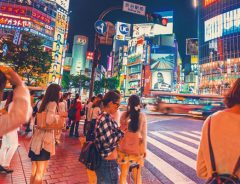
This Video Journey Through Night Time Tokyo Is Just Too Beautiful
-
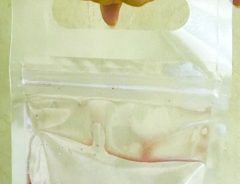
Takeout wine orders in Japan make for a gruesome sight
-
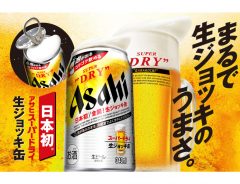
Asahi Super Dry’s draft beer in a can sees shipments stalled after positive response
-
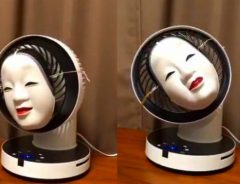
Japanese Noh Mask Attached To Circulating Fan Chills The Room In More Ways Than One
-
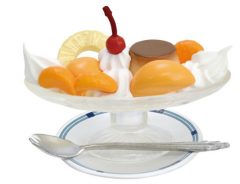
Stroll down Showa period memory lane with nostalgic retro Japanese cafe sweets capsule toys
-
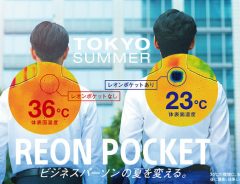
Sony Introduces A Mini Wearable Personal Air Conditioner
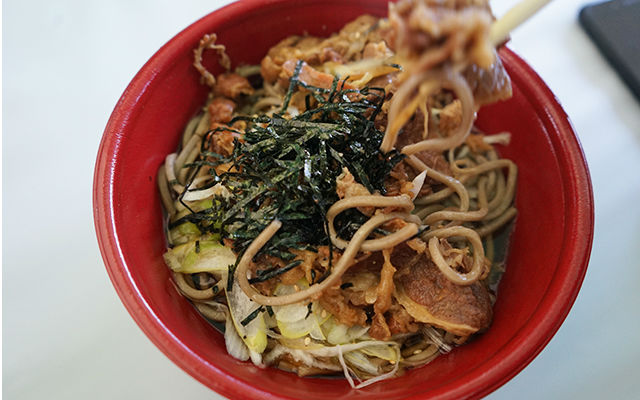


If you're a fan of Japanese food, you may be familiar with soba (thin buckwheat noodles traditionally served either chilled with a dipping sauce or hot dashi broth). However, depending on where you live, you maybe have one standard image of the refreshing traditional dish you've been relying upon. The truth is, like a lot of food in Japan, soba can come in a variety of forms shaped by the regional ingredients and specialties boasted throughout the many prefectures of Japan. While they all use the appeal of a refreshing take on slurping noodles in their own special way, making your way through all of them can be and overwhelming journey, even for those living in Japan.
Source: Grape Japan
Fortunately, the “Oedo Waen" Soba and Sake festival has noodle fans covered this weekend (and likely annually) this weekend in Yoyogi Park, of Shibuya ward. The event, which calls itself an "exposition of soba and Japanese sake", features 20 different varieties of soba and 100 different types of sake, covering all regions of Japan. Here are a few highlights from the festival.
Meat Soba
Source: Grape Japan
First up, perhaps a rather jarring image for soba novices. This Meat Soba from Tokyo maintains the subtle and refreshing flavor of your standard bowl of hot soba, but is topped with a ginger flavored slow-cooked beef and sweet potatoes that add an even richer layer to the piping hot dashi.
Two-Color Dattan Soba
Source: Grape Japan
Tartarian Buckwheat uses a rutin from Hokkaido, and the yellow-ish variety may convince you that curry rue is used, but the color is actually a result of the Tartarian buckwheat used to make the soba. Tartarian buckwheat contains 100 times more natural rutin than common buckwheat, which is said to be good for skin care, and is used to make a more bitter tasting soba. It makes for a great comparison to the green chakkiri soba, using very marked green tea leaves, this time an Aichi dish.
Soki Soba
Source: Grape Japan
This Okinawan soul-food features thicker noodles than regular soba dishes, and resembles udon more than anything. It's traditionally topped with scallions, pickled ginger, and slow-cooked boneless pork belly. The soup can be spiced up with kōrēgūsu, island peppers soaked in Okinawa's traditional liquor--awamori.
Wasabi Soba
Source: Grape Japan
This soba dish resembles a classic serving, topped with bonito flakes and seaweed, but also features a flavorful and specially graded wasabi. The subtle flavor of the wasabi keeps the dish from being too powerful, and actually a very refreshing slurping experience.
Hokkaido Hokoranai Soba
Source: Grape Japan
Hokkaido actually boasts the largest cultivation of soba in Japan, and this stone-grated dish is all about the toppings, which can be mixed for a variety of flavor combinations. Bonito flakes, grated daikon, scallions, and mountain wasabi.
Kamo Nanban Soba
Source: Grape Japan
The style of Japanese cooking where meat or fish are fried first and then doused with a sweet and spicy vinegary sauce is called "nanban". Bamboo charcoal duck, scallions, and a recommended serving of Japanese seven-spice mix make for a very flavorful soba serving--not to mention a dashi enhanced by duck fat.
Source: Grape Japan
The lines for the sake stands, split up into regions of Japan, are very long for good reason. While you can buy single cups ranging for 300-500 yen, 1,000 yen will get you a sampler set. With some very rare and premium sake available, it's a great opportunity to compare the different makes of sake in Japan.
Source: Grape Japan
While the first day is in the books, the Oedo Waen Soba and Sake festival is currently ongoing for the following dates and times at Yoyogi Park, with no entry fee.
November 24th, Friday: 10:00 AM-9:00 PM
November 25th, Saturday: 10:00 AM-9:00 PM
November 26th, Sunday: 10:00 AM-6:00 PM